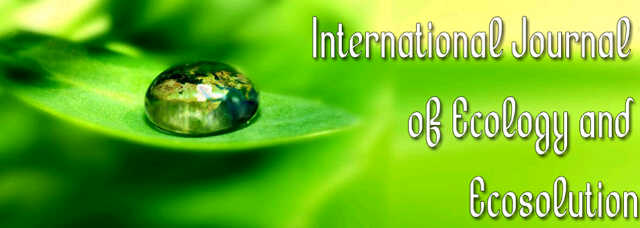Biochemical attributes of castor and tapioca leaves, the promising food plants of eri silkworm (Samia ricini Donovan)
J. Deuri, P. K. Barua, M. C. Sarmah and S. A. AhmedInternational Journal of Ecology and Ecosolution
Published: June 14 2017
Volume 4, Issue 1
Pages 1-4
Abstract
Ericulture has emerged as the promising livelihood venture in Bodoland Territorial Council of Assam employing about 50610 farm families in 1573 villages with production level of about 369 metric tons of eri raw silk. The biochemical analysis of two promising food plants of eri silkworm viz., castor (Ricinus communis L.) and tapioca (Manihot esculenta) revealed the superiority of castor food plants with higher crude protein (17.43%), lipid (10.95%) and crude fibre (5.53%). The tapioca may be utilized as promising food plants with its balanced primary metabolites such as crude protein (10.83%), carbohydrate (32.14%) and sugar (2.92%) as well as its lower content of phenol (9.82%) as compared to castor. However, the selection of location specific and low HCN content tapioca will make the ericulture more sustainable and cost effective.
Keywords: Ericulture, castor, tapioca, biochemical constituents.
Full Text PDF
